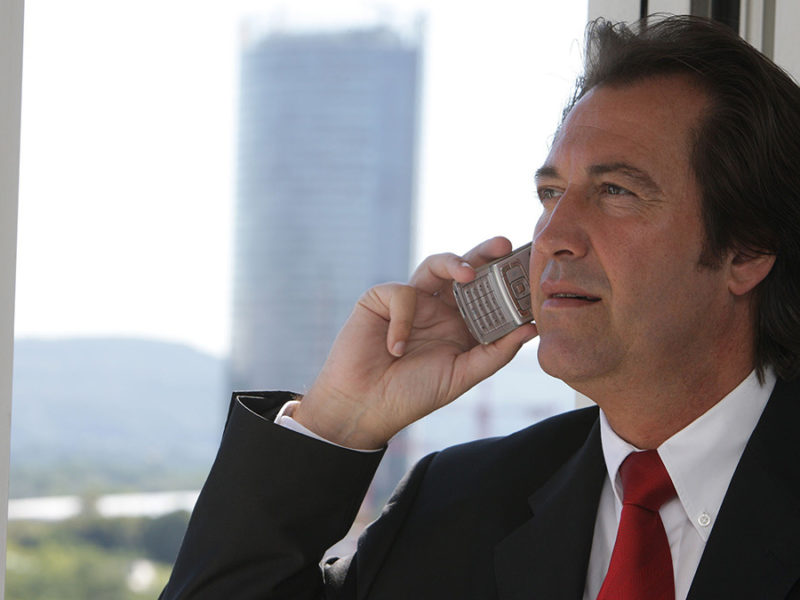


Eliott Salmon
For Beaverton Business
Sorry to bring this up, but if your company is anything like mine, and it might not be, it probably has a big problem with leadership. Canadian business leaders know the problem I’m talking about is that not enough apologizing is happening: leaders are going around and telling people what to do without apologizing before, during and after they blurt out their potentially offensive directives. It leaves their employees confused, hurt, and consumed by self-doubt. Now, if you don’t mind and it’s not too much trouble, I’d like to share with you 5 ways you can cultivate an ‘all-apologies’ leadership style that will leave your employees feeling unperturbed by any feelings of inferiority.
1) Start with an apology
Sorry for putting this one first, but it seemed to make sense to me. When you approach an employee and ask them to do something, immediately apologize for interrupting whatever they’re doing, even if they are just sitting in their cubicle staring at the ceiling. That activity may be important to them! Anyway, you’ve probably already offended them and it’s only 9:06am, so best to calm them down with a quick apology before getting into whatever you want them to do.
2) Liberally sprinkle some apologies into the body of your request
My apologies, but I think if you think about it you’ll agree this is a pretty good tactic to use to constantly remind your employee that, if things broke a different way, it could be that your employee would be the employer and vice versa!! Who knows! With that it mind it’s best to stay humble and apologize constantly throughout your instructions, even if it risks making what you’re trying to say completely incomprehensible.
3) Play the Nirvana song ‘All Apologies’ over the P.A. system in your office constantly.
Sorry, it’s just a great song that I think everyone would enjoy. If they don’t make sure to apologize. If they do enjoy it, apologize just to be safe. And on that note…
4) Ask Permission first AND ask for forgiveness later.
Some people say it’s easier to ask for forgiveness than to get permission. But why not both? That way you have all your bases covered and no one’s feelings get hurt.
Sorry to interrupt, but here’s a quick little break from the numbered list for some historical examples.
Great Leaders From History Who Used an All-Apologies Leadership Style
– Joe Clark, Canadian Prime Minister
– Jimmy Carter, US President
– Neville Chamberlain, British Prime Minister
All very successful at making the people they were working with feel confident and assertive in comparison. Also I am sorry I picked three people whose last names start with C, it’s just a coincidence.
Bad Leaders From History Who Rarely, if Ever, Apologized
– Adolf Hitler, Fuhrer of Germany
Sorry for the short list but I think it makes my point!
5) Finally, apologize before leaving the room
Sorry if this offends you, but you should probably change the way you leave any interaction with employees, whether a one-on-one chat or a annual general meeting. In this case, the bigger the better. You’ve just told someone how to live their lives, and a simple sorry will not suffice. Examples include tearing at your clothes, kissing the feet of your employee and lighting yourself on fire – anything to show how deeply, deeply sorry you feel about interrupting their day, trying to exert control over their work, and then leaving them alone without any guidance.
Well, sorry if you were hoping this article would be longer, but I think I’ve explained to you everything you need to know to put your ‘all-apologies’ leadership style into action! Best of luck! Sorry. Sorry sorry sorry. Goodbye. Sorry.


